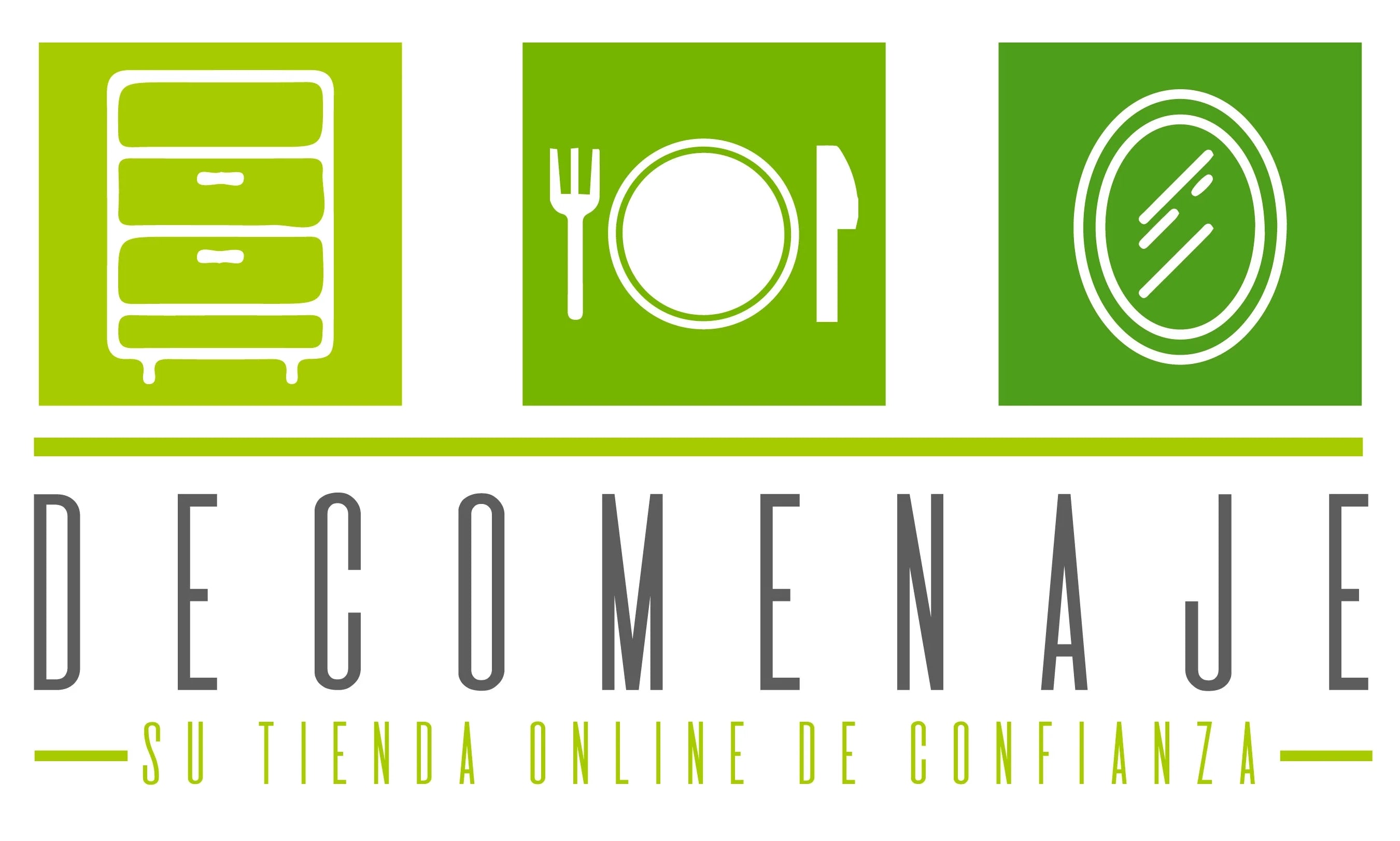INTRODUCTION
A great delicacy appreciated in Spain with a great flavor not only for its magnitude but also for its different nuances that change depending on the part of the ham that we are cutting.
The first thing we should know is that the ham is only the hind legs of the pig, so it should not be confused with the shoulder, which is the front legs and smaller in size, texture and flavor.
It is also advisable to choose the ham holder that best suits our needs.
A good Iberian shoulder ham is also a great resource in our kitchens, of course, but in this case we are going to focus on Iberian ham and its characteristics.
YOUR CLASSIFICATION
Here we enter one of the most complicated issues and the one that generates the most doubts, but one that must be remembered when buying a ham.
Therefore we must take into account the following:
1) Iberian bait ham: It is an animal raised in a feedlot with feed, it is usually a cheaper alternative to other types of hams. Currently they are the white label ones.
2) Iberian bait field ham: Animal raised in Dehesa, therefore it can move freely through it, except that its diet continues to be based on feed. Currently they are the ones with the green label .
3) Recebo Iberian ham: animal that is raised in the pasture, receives an acorn-based diet but ends its final stage with feed as a supplement to its diet to finish fattening. They are currently the red label ones .
4) Acorn-fed Iberian ham: Pig raised in pastures and fed exclusively with acorns (although in some cases at the beginning of its life it can be fed with fodder). They are usually pieces of no more than 5 - 6 kg in weight. These are unmistakable as they are black label .
Iberian acorn-fed ham is undoubtedly the most expensive, but at the same time it is the one with the most depth and nuances in its flavor, color and smell, since its structure is more complex given its fat distribution.
There is a rule that affects all producers and that is that they are obliged to specify, on the label, the percentage of the Iberian breed of the ham, since with 50% of the breed it can already be considered Iberian.
Another thing to consider is the designation of origin.
PROTECTED DESIGNATION OF ORIGIN
PDO Jabugo (Huelva)
PDO Los Pedroches (Córdoba)
PDO Guijuelo (Salamanca)
PDO Dehesa de Extremadura (Cáceres - Badajoz)
PARTS OF THE HAM
Before we must make sure that our ham knife is sharp .
1) Maza: It is the richest, tastiest and with the greatest fat coverage. Its cut must always follow the direction of the muscle fibers.
2) Contra maza: It is the part that suffers the most in over-ripe hams, it has less fat and is therefore firmer and more fibrous.
3) Knuckle: it is the part closest to the hoof and is very fibrous due to the nerves, tendons and aponeurosis that are found. However, its muscular part is soft and tasty.
4) Caña or Arrete: This part, close to the hoof, is the favorite of lovers of intense flavors.
5) Hip or Tip: This is where the most intense flavor you will find from your leg of ham is concentrated. With the ideal amount of fat and cured meat at its point, it is the place where the magic of the flavors and oils of the piece play, creating the definitive aroma of that unique Iberian ham.
I hope you have it clearer now and do not have doubts when buying your ham.

